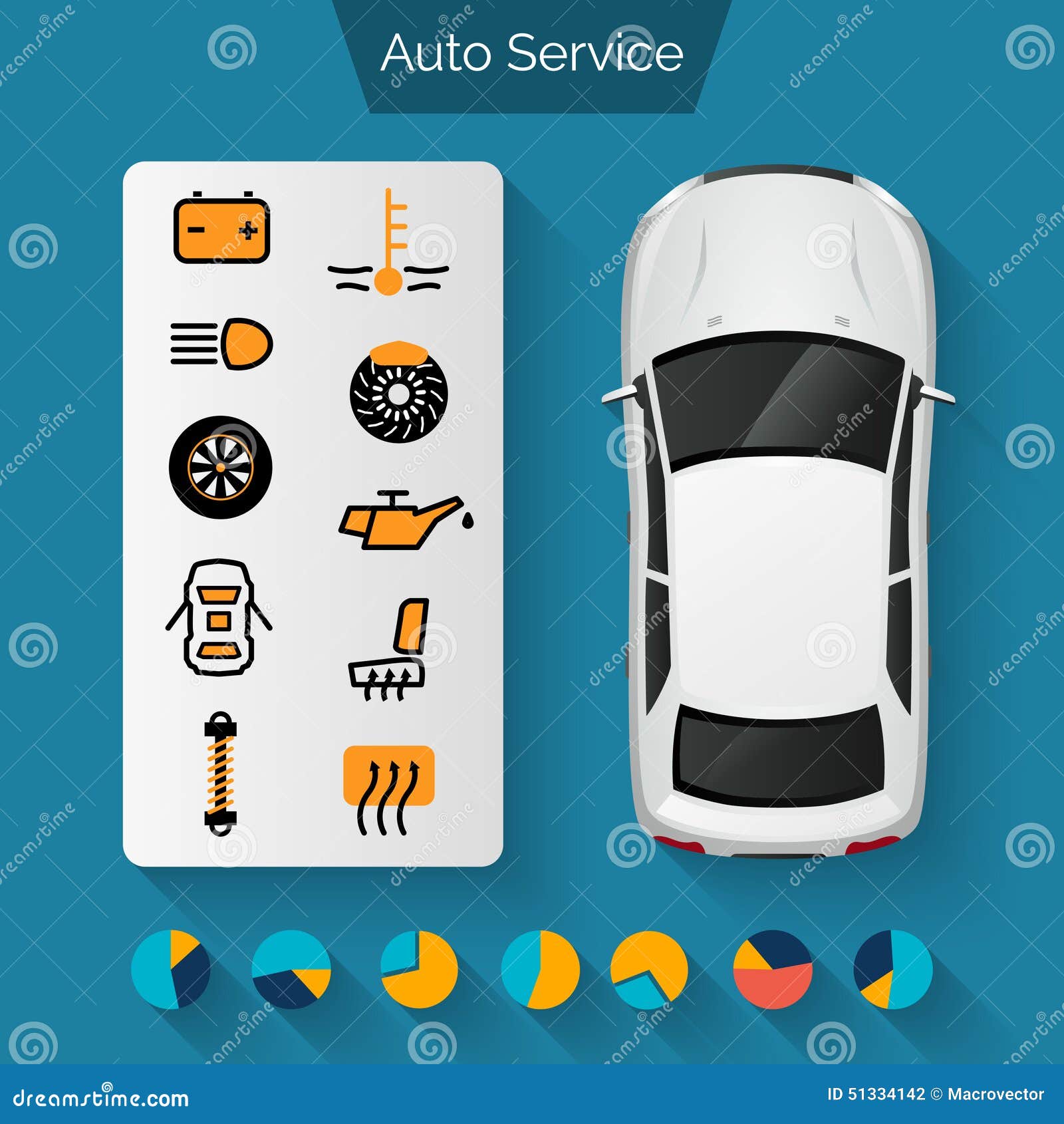Eager To Understand What The Control Panel Warning Lights In Your Cars And Truck Indicate? Discover Their Definitions For The Health And Security Of Your Lorry
Eager To Understand What The Control Panel Warning Lights In Your Cars And Truck Indicate? Discover Their Definitions For The Health And Security Of Your Lorry
Blog Article
Short Article Author-Higgins Gilbert
When you're behind the wheel, those glowing caution lights on your control panel can be a little bit puzzling. Do you understand what they're attempting to tell you concerning your automobile's health? Recognizing the relevance of these lights is crucial for your safety and security and the longevity of your car. So, https://brakesplus55271.blogchaat.com/31251791/unclear-concerning-choosing-a-car-service-center-discover-specialist-advice-on-how-to-identify-reliable-options-in-your-location-that-will-reduce-your-issues of those lights pops up, wouldn't you wish to decipher its message precisely and take the essential steps to address it?
Common Caution Lights and Interpretations
Identify usual caution lights in your automobile and understand their definitions to ensure risk-free driving.
The most common warning lights include the check engine light, which signals concerns with the engine or exhausts system. If this light comes on, it's vital to have your lorry checked quickly.
The oil stress advising light suggests low oil stress, requiring prompt attention to avoid engine damage.
A flashing battery light may suggest a faulty charging system, possibly leaving you stranded if not resolved.
The tire stress monitoring system (TPMS) light notifies you to low tire pressure, influencing lorry stability and fuel efficiency. Disregarding this can lead to unsafe driving conditions.
The abdominal light suggests a trouble with the anti-lock braking system, endangering your capability to quit quickly in emergencies.
go here but not least, the coolant temperature level advising light warns of engine getting too hot, which can cause extreme damage if not fixed swiftly.
Comprehending these usual caution lights will help you address problems immediately and keep secure driving problems.
Relevance of Prompt Attention
Comprehending the common warning lights in your car is only the primary step; the value of quickly resolving these cautions can't be stressed sufficient to guarantee your safety and security on the road.
When a caution light illuminates on your control panel, it's your vehicle's means of communicating a prospective concern that needs focus. Ignoring these warnings can lead to more serious troubles later on, endangering your safety and security and possibly costing you a lot more in repairs.
Trigger attention to alerting lights can avoid breakdowns and crashes. For example, a flashing check engine light can indicate a misfire that, if left neglected, could trigger damage to the catalytic converter. Resolving this quickly can save you from a pricey repair service.
Similarly, a brake system alerting light may indicate low brake fluid or worn brake pads, important parts for your safety when driving.
DIY Troubleshooting Tips
If you observe a caution light on your control panel, there are a few do it yourself repairing pointers you can attempt before looking for professional aid.
The initial step is to consult your car's guidebook to understand what the details caution light shows. Occasionally the problem can be as easy as a loose gas cap causing the check engine light. Tightening the gas cap might deal with the trouble.
Another common concern is a reduced battery, which can cause numerous warning lights. Inspecting the battery links for corrosion and ensuring they're safe might fix the issue.
If a warning light persists, you can attempt resetting it by detaching the car's battery for a few mins and afterwards reconnecting it. Additionally, checking your vehicle's fluid levels, such as oil, coolant, and brake liquid, can assist repair alerting lights connected to these systems.
Conclusion
In conclusion, understanding your car's caution lights is essential for keeping your car running smoothly and safely. By quickly addressing these notifies and recognizing what they mean, you can avoid costly fixings and possible failures.
Keep in mind to consult your car's guidebook for specific information on each alerting light and act accordingly to make certain a trouble-free driving experience.
Stay educated, remain secure on the road!
